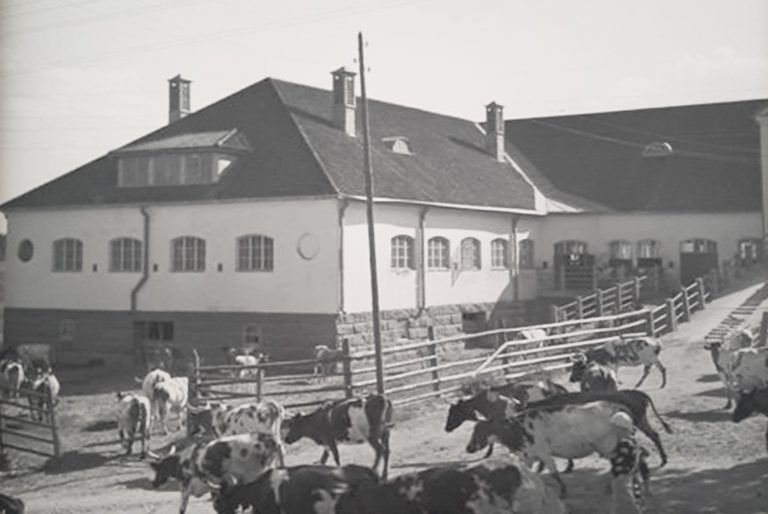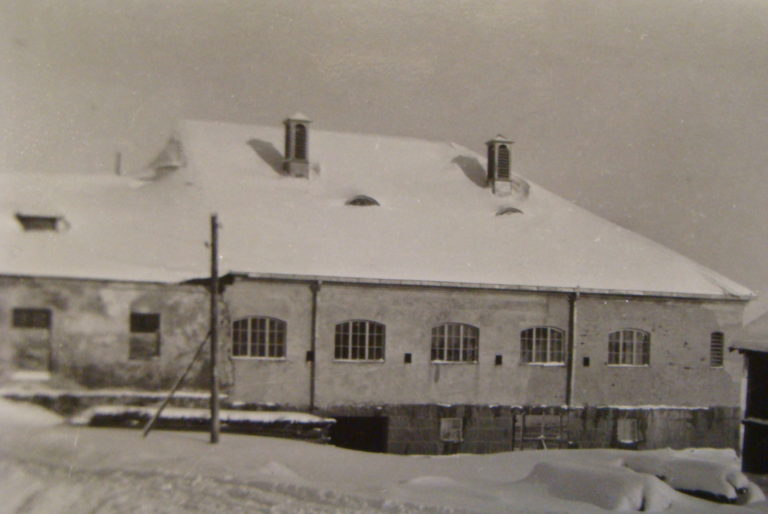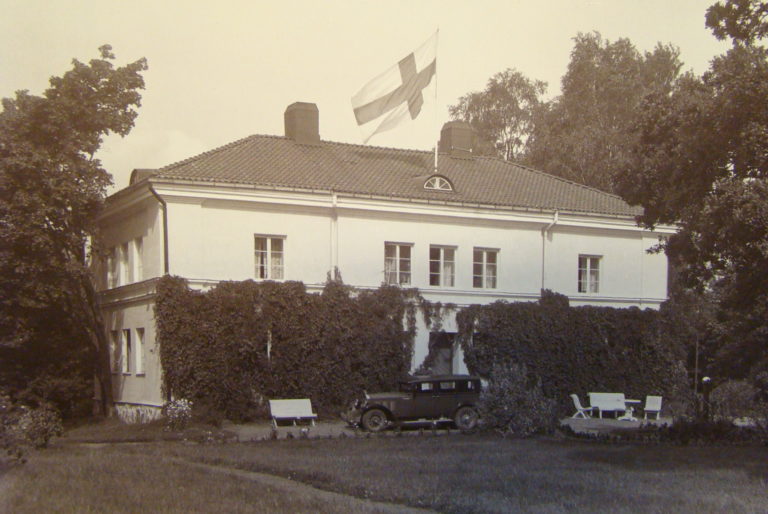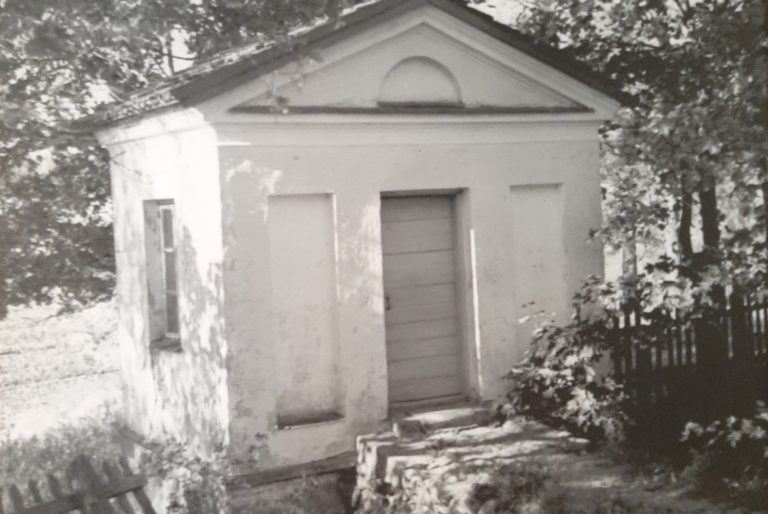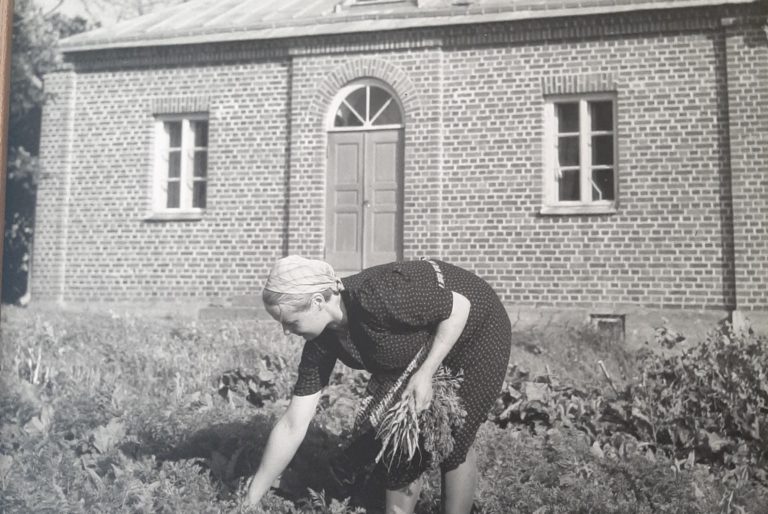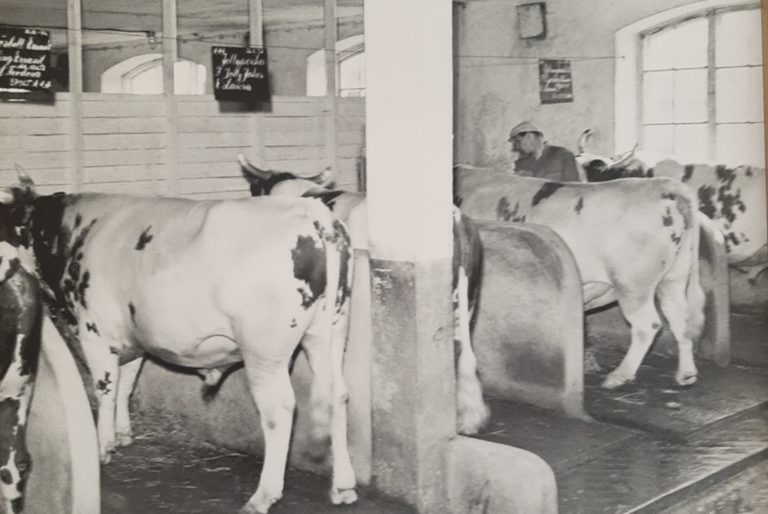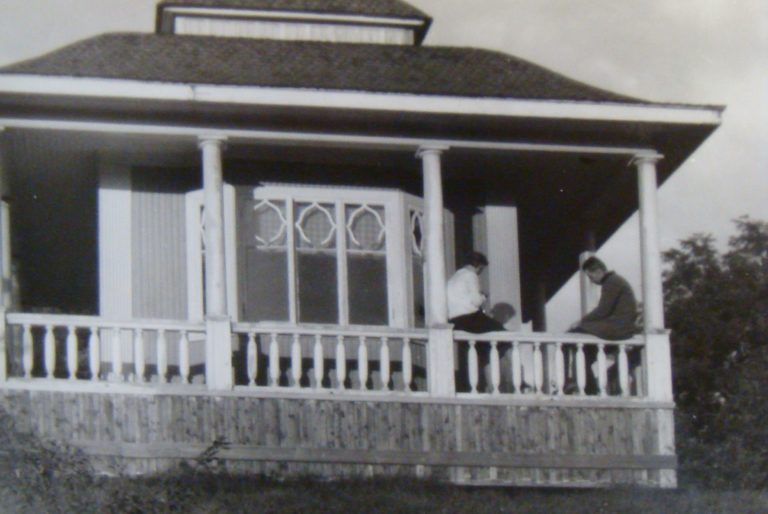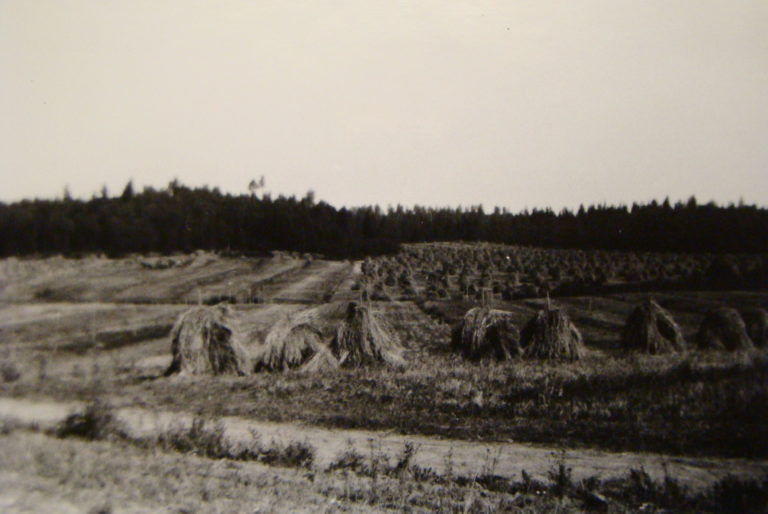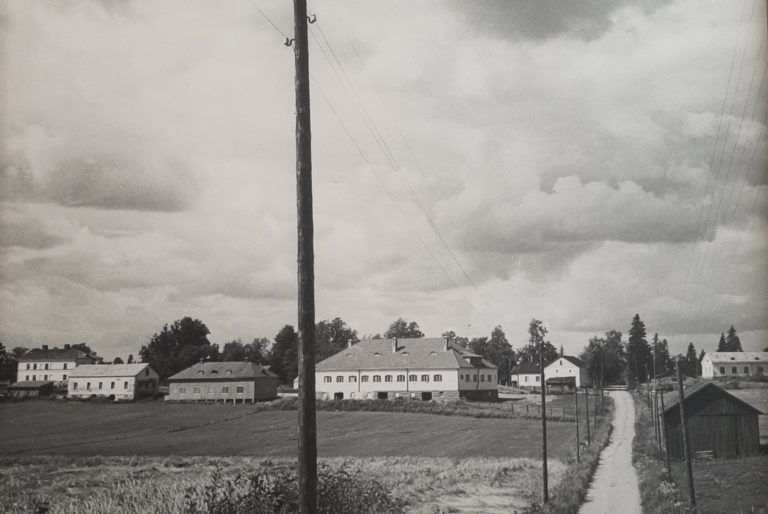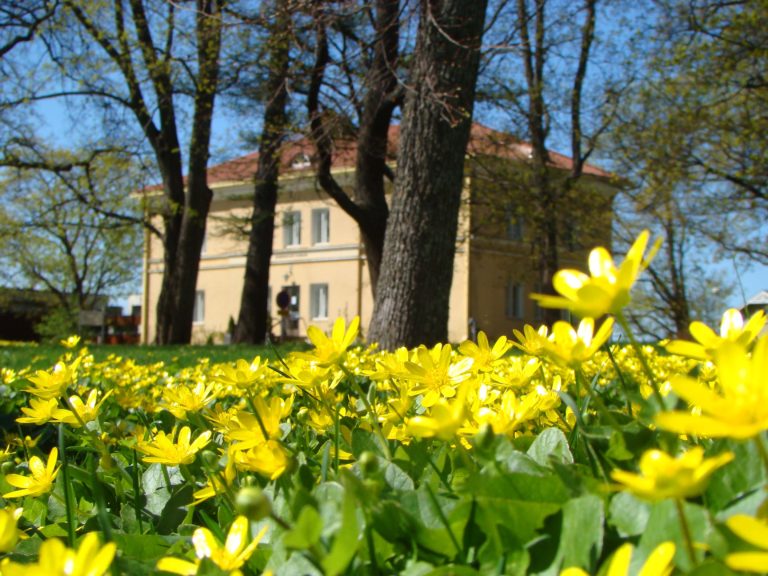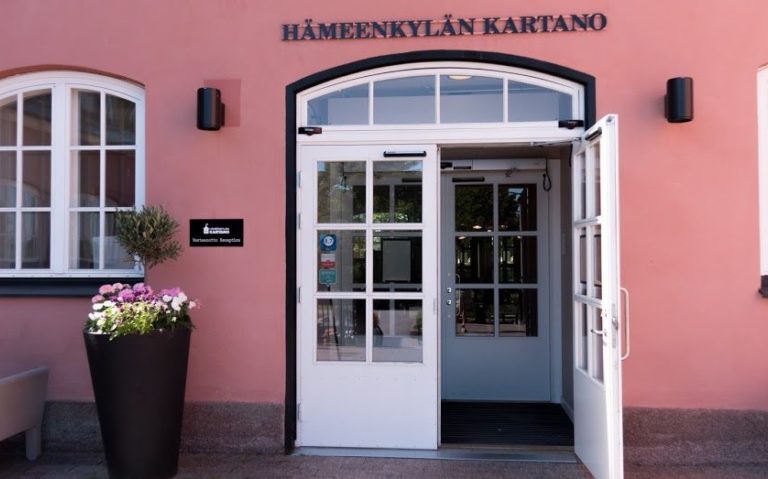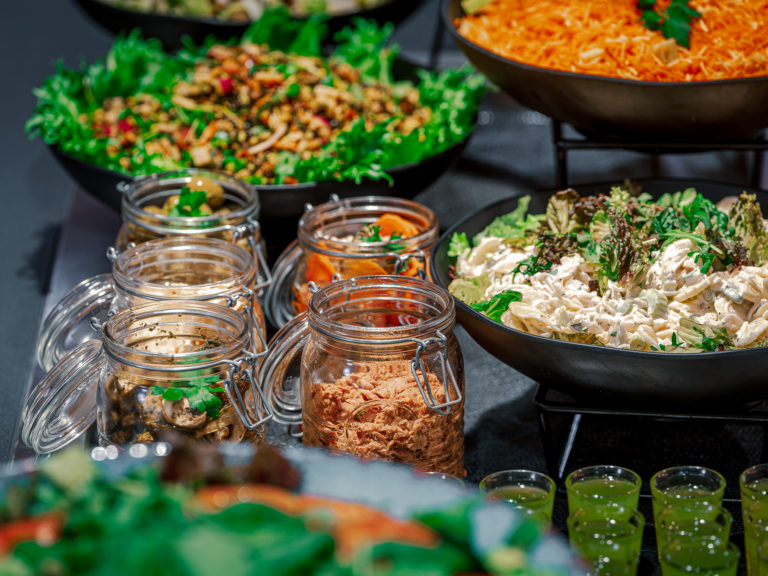The broad history of Hämeenkylä manor
In the countryside surroundings of Hämeenkylä manor, entrepreneurial-minded people have thrived throughout history. Over its 500-year history, the manor has seen a diverse range of activities: farming, cattle husbandry, gold digging, brick-making, sawmill operations, and timber trading. Hämeenkylä has been a vibrant hub for business and an important trading place since its inception. At that time, the sea also extended to this area, and there was a harbor at the mouth of the Vantaa River. Ships used to sail to Estonia from here in the mid-1500s. Regarding the road network, Hämeentie’s southern endpoint was in Hämeenkylä, which was part of the “Idäntie” or King’s Road.
The estate of the manor has been connected and divided on several occasions.
Hämeenkylä manor was formed in the 1580s from three ancestral estates in Hämeenkylä, which Admiral Bengt Juusten received as fiefs. Juusten was ennobled in 1591 and took the name Gyllenlood. The ownership of Hämeenkylä remained in the family for 150 years. In the early 1600s, eight houses were merged with the ancestral estate. In 1683, it became a cavalry estate when the tax exemption was revoked.
In the 1700s, the estate was first divided into two and later into three parts. One hundred years later, the estate was reunited, and a state councillor named Ladau purchased it in the early 1800s. Ladau was among the signatories of the Anjala Association in 1788 but was sentenced to death by hanging when the association failed. However, he managed to escape to Russia and returned the following year when the sentence was annulled.
In 1811, Ladau was appointed as the director of postal services with the task of establishing the Finnish postal system. He also served as a member of the government council, where he acted as the head of Russia’s espionage system.
Carl Ludvig Engel brings the empire style to the manor.
As the owner of the manor, Ladau asked his good friend, architect Carl Ludwig Engel, to design buildings for the manor that would be fitting for its status and surroundings. As a result, the buildings of Hämeenkylä manor are part of Carl Ludwig Engel’s unfinished empire-style complex.
The manor’s courtyard is a large quadrangle, surrounded by buildings according to the plan. At the same time, the construction and repairs of Suomenlinna (also known as Viapori) were taking place, so Ladau began transporting lime to Suomenlinna. In return, he brought bricks to the manor, but when it was discovered that he hadn’t paid his bills, the supply of bricks stopped, and the construction was interrupted. As a result, only the wing buildings and the foundation of the main building with its basement spaces were completed.
The eastern wing building, originally intended as the caretaker’s residence, was completed in 1830 and had to serve as the main building in the changed circumstances. The western wing building, now known as the Old main manor, is older and was completed in the early 1820s. Its appearance is almost identical to the eastern wing. Among the other surviving outbuildings, the neo-classical-style restroom is worth mentioning.
The roof renovation was too much, and the manor changed ownership once again.
In the late 1800s, the manor was owned by a businessman named Mangström, who was involved in sawmill and timber trading. However, the sawmill caught fire, and he encountered financial difficulties. During that era, a manor owner couldn’t afford to be poor, let alone facing financial troubles. Because of this situation, Mangström announced that he had 125 roofs to repair, and he wouldn’t undertake such an endeavor, so he decided to sell the entire manor. As a result, the manor changed ownership once again.
The manor transitions into Tuko’s ownership, and agricultural activities take center stage
In the early 1900s, a merchant named Pelin purchased the manor. He also engaged in timber trading, but it was not profitable. To overcome his financial difficulties, he established a family company with his two sons. One of the sons sold his shares of the manor to the then CEO of Tuko (a Finnish cooperative trading company), industrial counselor Yrjö Ossian Riisla. Vuorineuvos (mining councilor) Riisla called for a company meeting and presented an extensive land drainage plan for the manor’s fields. The other shareholders were alarmed by the high cost estimate and sold their shares. As a result, Hämeenkylä manor became fully owned by Tuko in 1942.
Under Tuko’s ownership, the company significantly developed the agricultural activities on the vast estate of over 800 hectares. Alongside operating a bull station in Hämeenkylä, Tuko effectively utilized the land for agricultural machinery experimentation.
Looking for gold in the manor hills
In the early 1900s, the manor covered an area of approximately 800 hectares, with 310 hectares of farmland and the rest being forests. After the war, the manor couldn’t be quickly resettled because Vuorineuvos Riisla invited the director of the Geological Survey of Finland, Professor Aarne Laitakari, to search for gold in the area. However, instead of gold, they found significant clay deposits. Tuko began utilizing the clay deposits and built a brick factory near the manor. Production started in 1952. (This era is also commemorated by two renovated meeting rooms in the Front manor named “Kulta” (Gold) and “Tiili” (Brick).)
Educational activities begin
In 1959, Tuko started educational activities in Hämeenkylä. In the early 1960s, the barn still housed 100 cows, but cattle farming was discontinued in 1963 due to difficulties in finding skilled personnel. In 1966, a proper training center was built, inspired by the Louisiana Museum of Modern Art near Copenhagen.
Vantaa city becomes interested in the manor’s areas
In 1973, Vantaa city purchased 690 hectares of Hämeenkylä manor’s land with the aim of developing the area for residential purposes. Many of the current residential areas near the manor were once part of the manor’s land. The current area of the manor is now approximately 40 hectares.
Business operations transfer to the current Sodexo
In 1991, the current Front manorsolarkesti was renovated and equipped with modern facilities for training and meetings. The former barn was only a memory. In May 1992, Polarkesti rented the manor’s premises from Tuko, combining business activities with training, meetings, and hotel services. In 1998, Polarkesti changed its name to Sodexo Oy, which continues to operate at the manor to this day.
Currently, Hämeenkylä manor is owned by the mutual pension insurance company Varma, and Sodexo Oy is responsible for its operations. In 2013, a significant restoration and improvement project was initiated at the manor, transforming Etukartano into a full-fledged hotel. The Eastern wing building was also renovated and now houses splendid suites. During 2014, the Niittysiipi, which had been converted into accommodation space in the 1960s, along with its sauna section, and the Old Main Manor underwent restoration.
And what about the manor’s ghost?
Like many other manors, Hämeenkylä manor has its ghostly tales. According to an old legend, a man died on the manor’s grounds, either accidentally or as a victim of violence, and has since been wandering through the manor’s premises. However, the ghost is not malevolent; rather, it seems to watch over ensuring that everything goes smoothly.
pictures from past decades
